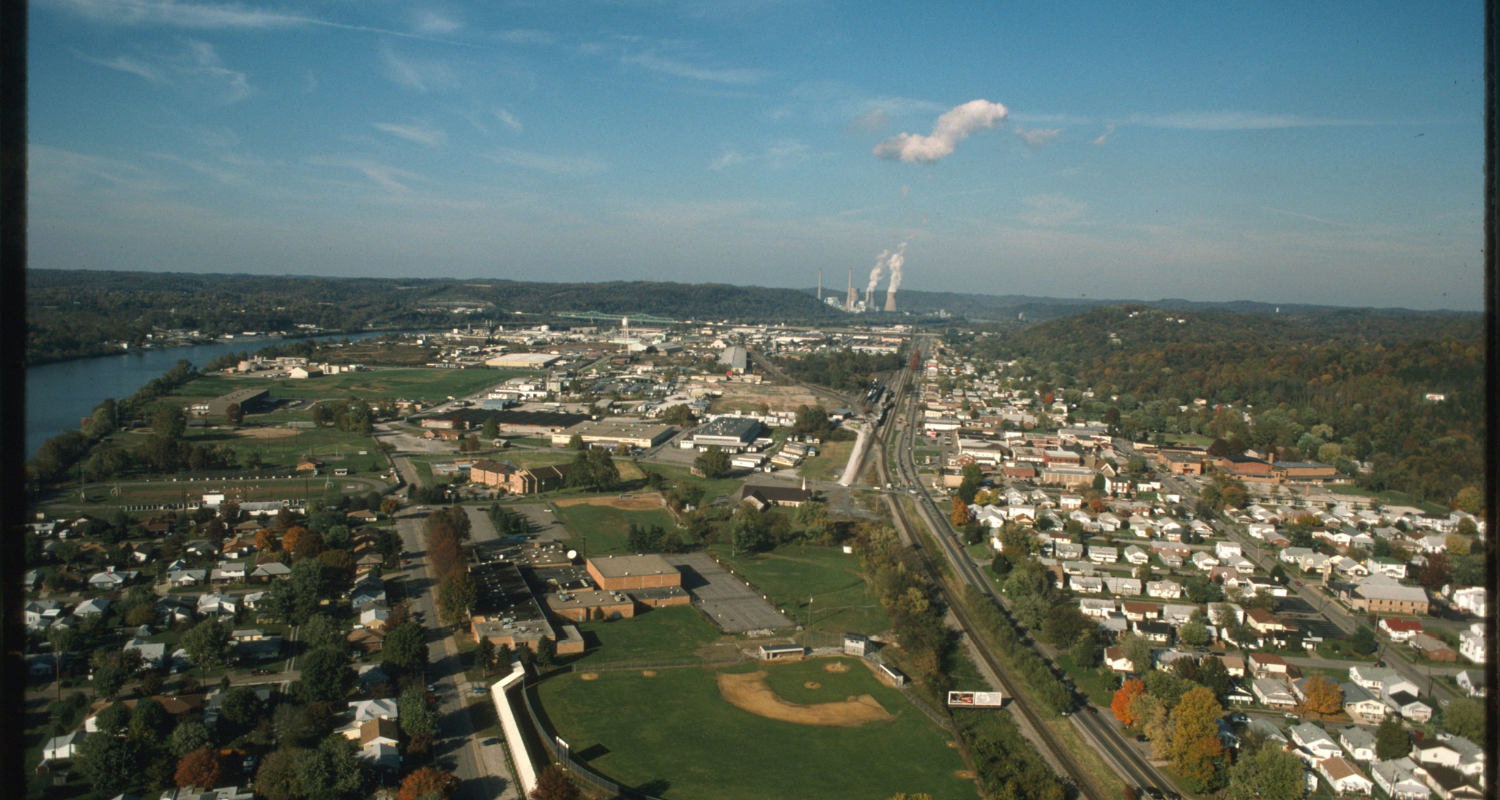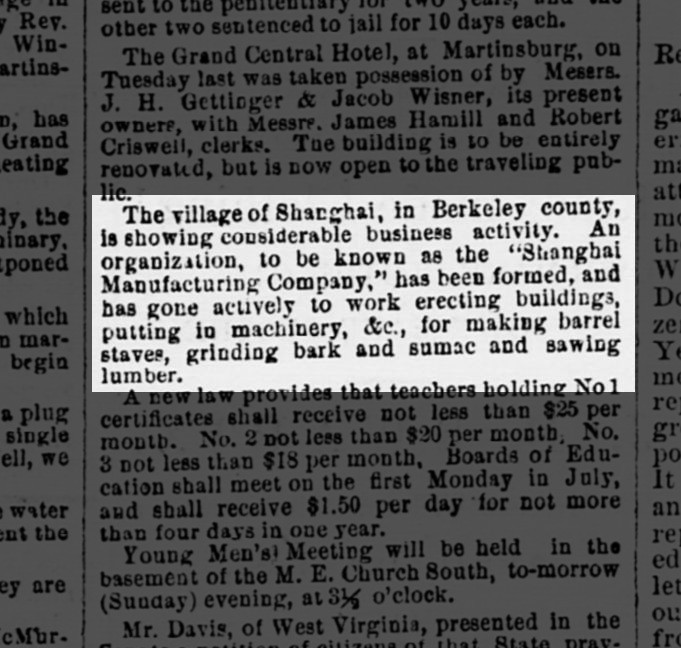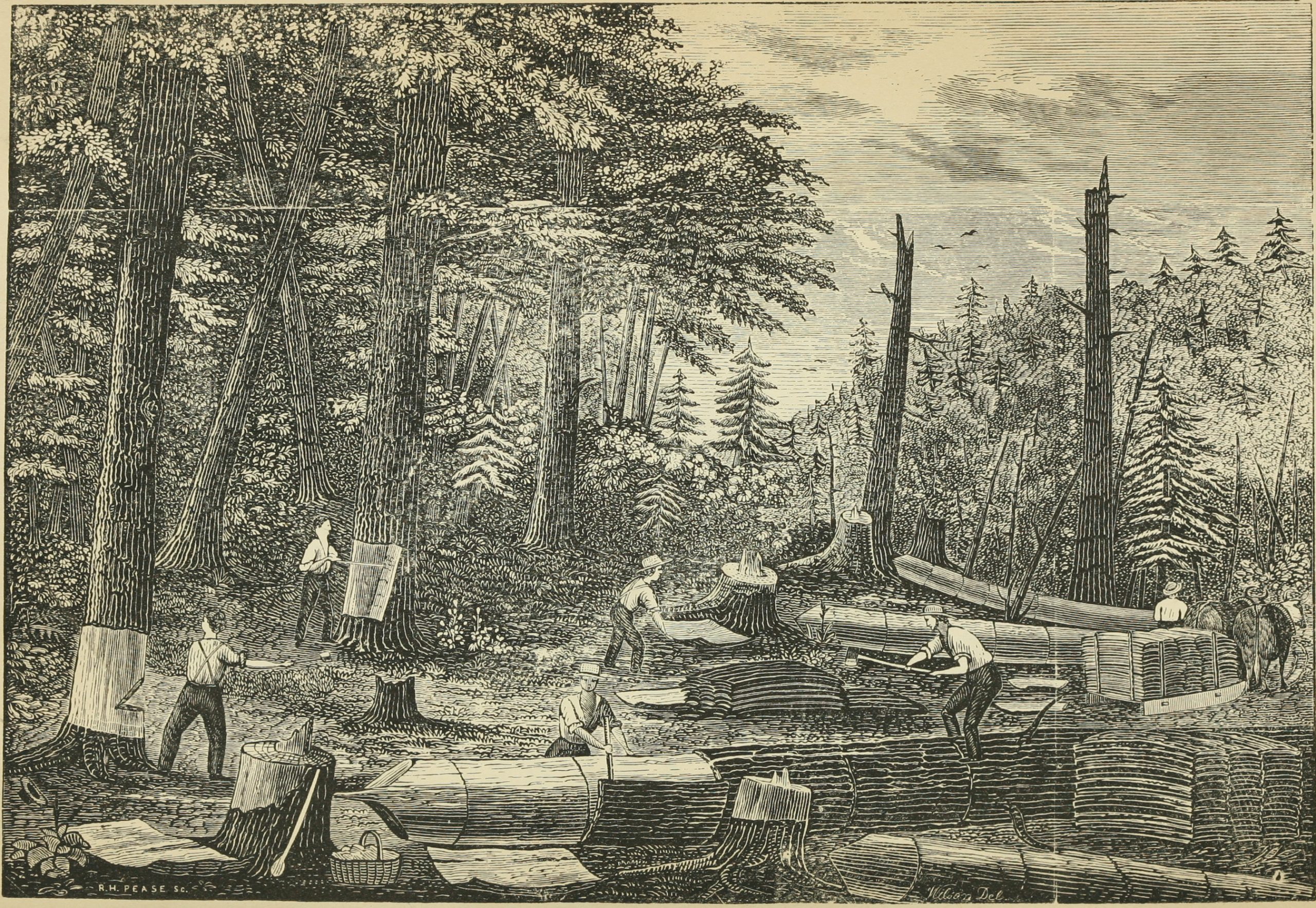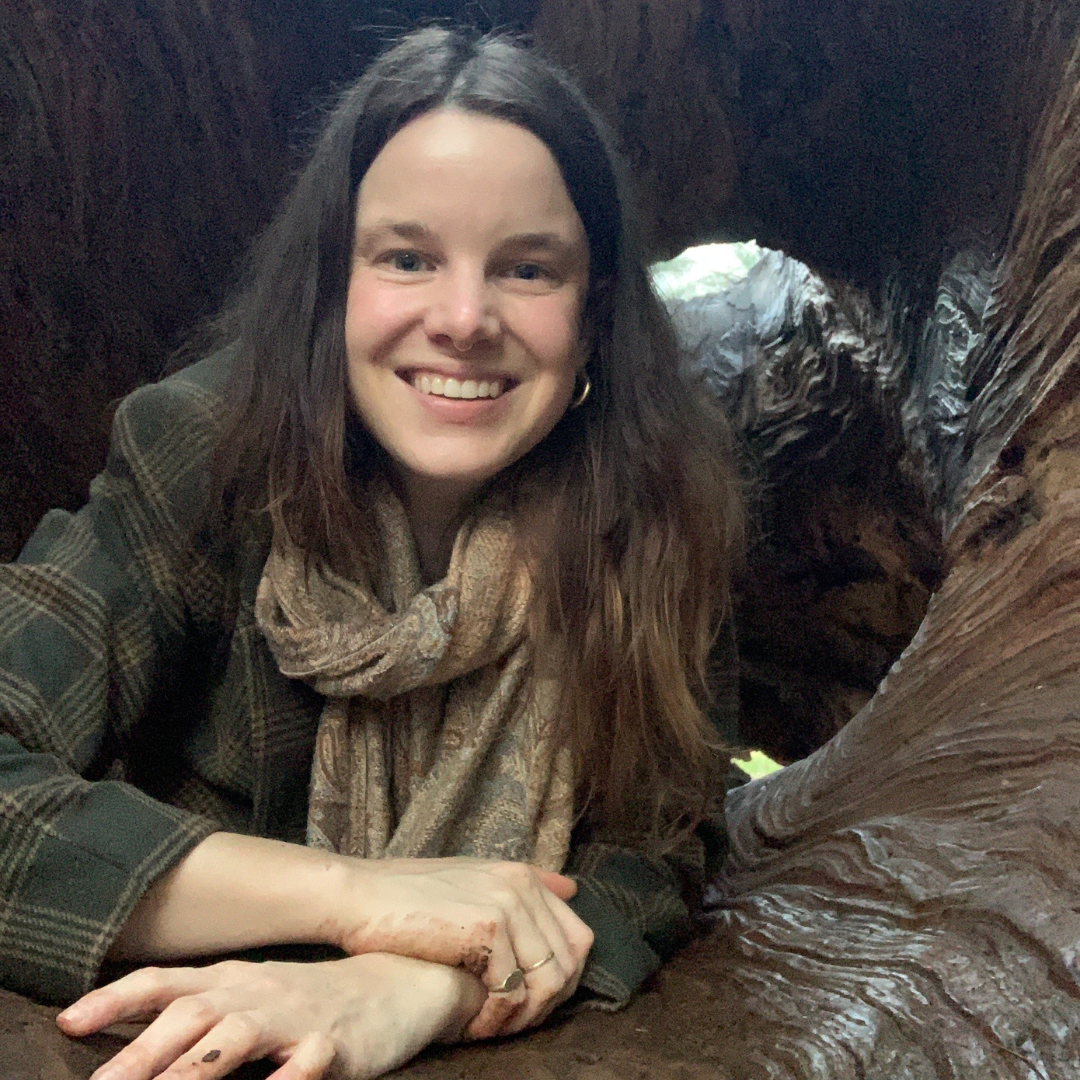Driving around West Virginia, you’re sure to come across some unique names. Places could be named after families, after far away places, to describe the local conditions, or simply because it sounds nice. Place names can also be borrowed from other languages, like Ronceverte or Kanawha, which have French and Indigenous origins respectively.
While there are many to choose from, here’s a list of some of our favorite wild, wonderful, and weird place names from across the Mountain State:
Pancake
At first glance, you’d think Pancake, an unincorporated town in Hampshire county, was named after the popular breakfast food. However, it was named after the Pancake family who lived in the area. Don’t know a Pancake? There are actually two notable writers from West Virginia that bear the surname– Ann Pancake and Breece D’J Pancake.
READ MORE: WEEREAD: Strange as This Weather Has Been by Ann Pancake
Man
Located in Logan County, Man was named after Ulysses Hinchman, a House of Delegates member during 1866-1869.1 Located on Buffalo Creek at the Guyandotte river, Man was one of the many communities along the creek impacted by the disastrous 1972 Buffalo Creek disaster. When a coal slurry impoundment dam collapsed, millions of gallons of wastewater rushed into the valley below. Because of Man’s location at the opposite end of the valley from the dam, it became the headquarters for recovery efforts.2
Booger Hole
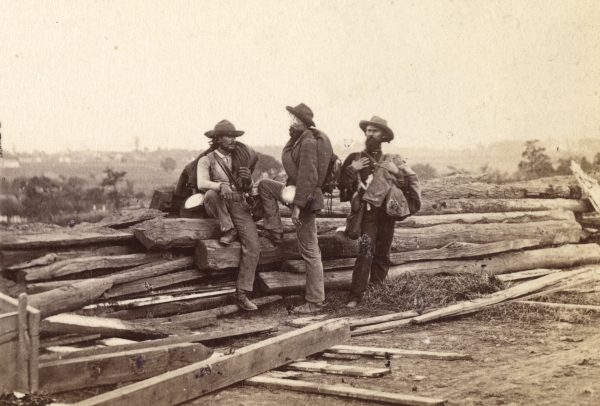
Although it’s generally agreed that Booger in this case refers to the local usage of “bogey” or “bogeyman” it’s unclear how when the name first came into use. While a spate of murders plagued the area in 1917, legend suggests 3,4 that the conderate symphathizers and bushwhackers were the ones who brought the name down on the area.
From Pluto to Paradise
There are a lot of places in West Virginia named after somewhere else, and usually have little to do with the place for which they are named. For example Pluto, in Raleigh County, earned its name when the man who established the post office declared that “only Pluto could remain [as the name]” as an homage to the Greek God of the underworld.5 While Paradise, in Putnam County, is apparently lovely enough to be named in such a way.
Shanghai
It’s unclear if Shanghai, located in Berkeley County, was named for the Shanghai Manufacturing association, or if the company was named for the area. Either way, the company manufactured lumber and also ground sumac (Rhus sp.) and tanbark (general name for oak, hemlock, or other tannin-rich trees), for leather tanneries.
Maggoty Run
Here’s a place with two possible meanings, according to Hamill Kenny’s definitive book, West Virginia Place Names. The name “maggoty” could either refer to an infestation of gnats, grubs, mosquitos, and other creepy crawlies, or it could be a corruption of “Magothy” which further derives from an Algonquian word, “magucke” meaning “small plain devoid of timber.”6 Either way, there are other Maggoty and Magothy places in Maryland and Virginia, which suggest that regardless of the origin, settlers could have brought the name with them as they came to Marshall county.
West Virginia Wolfpack: Wolf Pen, Wolf Run, Wolf Creek, Wolf Summit
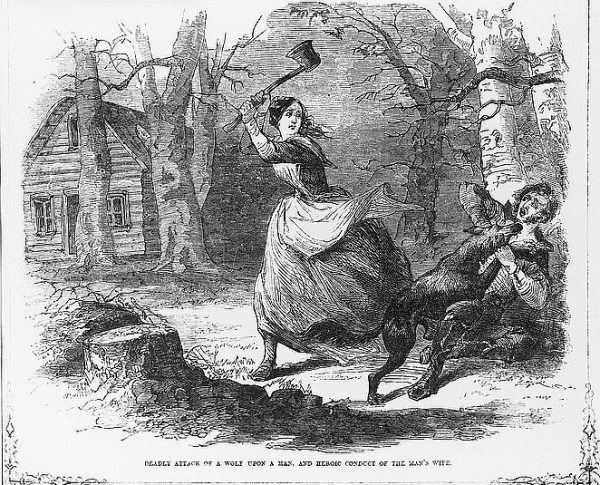
Believe it or not, before the arrival of Europeans, Wolves had a wide range in North America. Where Indigenous Peoples accepted and incorporated wolves into their lives and spiritual worldviews, European colonists viewed them primarily as an existential threat. As such, they were hunted voraciously and names like Wolf Pen refer to trapping mechanisms. However, not all Wolf place names refer to the animal. Wolf Summit, specifically, was named after a person with the last name Wolf.7
Nitro

The flag of Nitro reads, “a living memorial to World War I.” What’s all that about? Nitro, short for nitrocellulose, is a nod to the gunpowder manufacturing that took place in the area. During World War I, a shortage of the explosive led to the emergency passage and creation of the “Deficiency Appropriations Act” where multiple explosive plants were to be created. Engineers from the War Department were sent out to find a suitable location that was both safe from possible attack as well as being nearby to raw materials…and that’s how they ended up 14 miles south of Charleston in what we now call Nitro. A true boomtown, the factory was built with barracks to house early workers. When the plant closed at the end of the war, not everyone left. Many stayed to put down roots, and built Nitro into the town it is today. 8
Left Hand
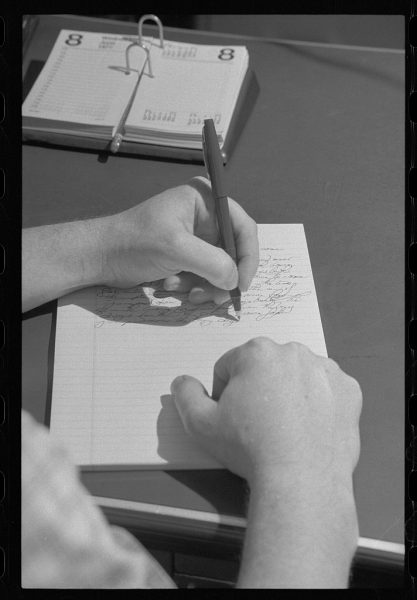
It’s often cited that 10% of the world is left-handed. In the past, using one’s left hand as their dominant hand was looked down upon, corrected, and even vilified. Despite this, and perhaps in celebration of southpaws everywhere, this little town in Roane County is full of “Left Handers.” Apparently, the town is named after Lefthand Creek 9 which is also a name of mysterious origin.
This is just a sampling of the many unique place names this state holds. With communities named after animals, foods, colloquialisms, and even other planets, it’s hard to argue that West Virginians aren’t creative with their language. For every one place name we put on this list, we know there are ten more that could have taken its place instead– which ones did we miss? Leave a comment with your favorite weird and wonderful place name!
• Kate Wietor is currently studying Architectural History and Historic Preservation at the University of Virginia in Charlottesville, Virginia. She spent one glorious year in Wheeling serving as the 2021-22 AmeriCorps member at Wheeling Heritage. Since moving back to Virginia, she’s still looking for an antique store that rivals Sibs.
References
1 Hamill Kenny, West Virginia Place Names: Their Origin and Meaning, Including the Nomenclature of the Streams and Mountains. 1945. Piedmont Press
2 “The Buffalo Creek Disaster: 50 Years From Flooding” WVU Department of History. ArcGIS Story Map. https://storymaps.arcgis.com/stories/a2f1ea2c8ba9494b821d76458b15b41c
3 Bob Weaver, Bloodletting in Dark, Deep Booger Hole. [Blog Post]. The Hur Herald. https://www.hurherald.com/cgi-bin/db_scripts/articles?Action=user_view&db=hurheral_articles&id=44896
4 Ferrell Friend, “Booger Hole.” e-WV: The West Virginia Encyclopedia. 04 January 2011 https://www.wvencyclopedia.org/articles/606
5 Hamill Kenny
6 Doris Luna, “A History of Ulmstead” [PDF] 1994.https://ulmstead.com/wp-content/Site_Docs/Ulmstead%20History.pdf
7 Hamill Kenny
8 “History of Nitro, WV” Nitro: A Living Memorial to World War I https://cityofnitro.org/about-nitro-west-virginia/history-of-nitro/
9 Hamill Kenny


